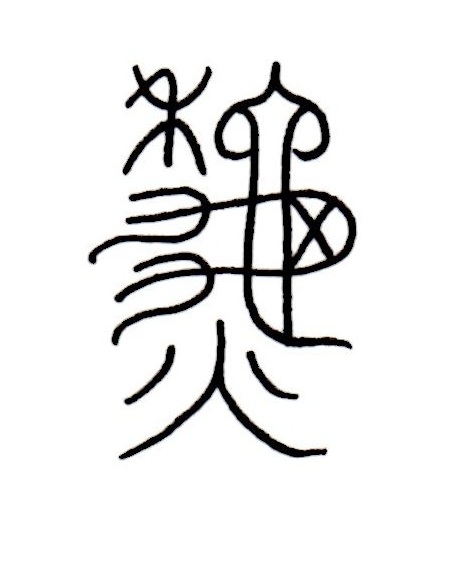
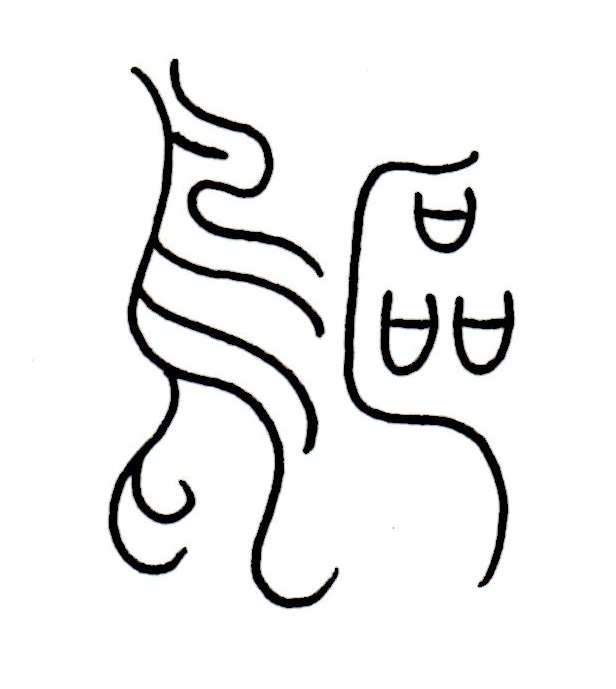
Yokoiscool
Saepe mihi dubiam traxit sententia mentem,
curarent superi terras an nullus inesset
rector et incerto fluerent mortalia casu.
- Claudian, In Rufinum I, 1-3
I. Wu 吳 and Yue 越 (As of May 2019, moved to wuyuescripts.com)
II. Funerary article
a. Nefertari (including a transcription and translation of the texts on the walls of her tomb)
b. Cat Sarcophagus
c. Mawangdui
III. Legend of the Burning of the Southern Shaolin Temple
IV. Basslines
V. Runes
VI. Zhuanshu 篆書 (small seal script) of Li Yangbing 李陽冰
VII. Skjöldunga saga
VIII. Chinese Mythology
IX. Notes on Transliteration
X. Notes on Copyrighted Materials
XI. List of English Translations of the Shiji
XII. Email Me
I. Wu 吳 and Yue 越
A comprehensive index of inscriptions from the Kingdoms of Wu and Yue
Now moved offsite to wuyuescripts.com
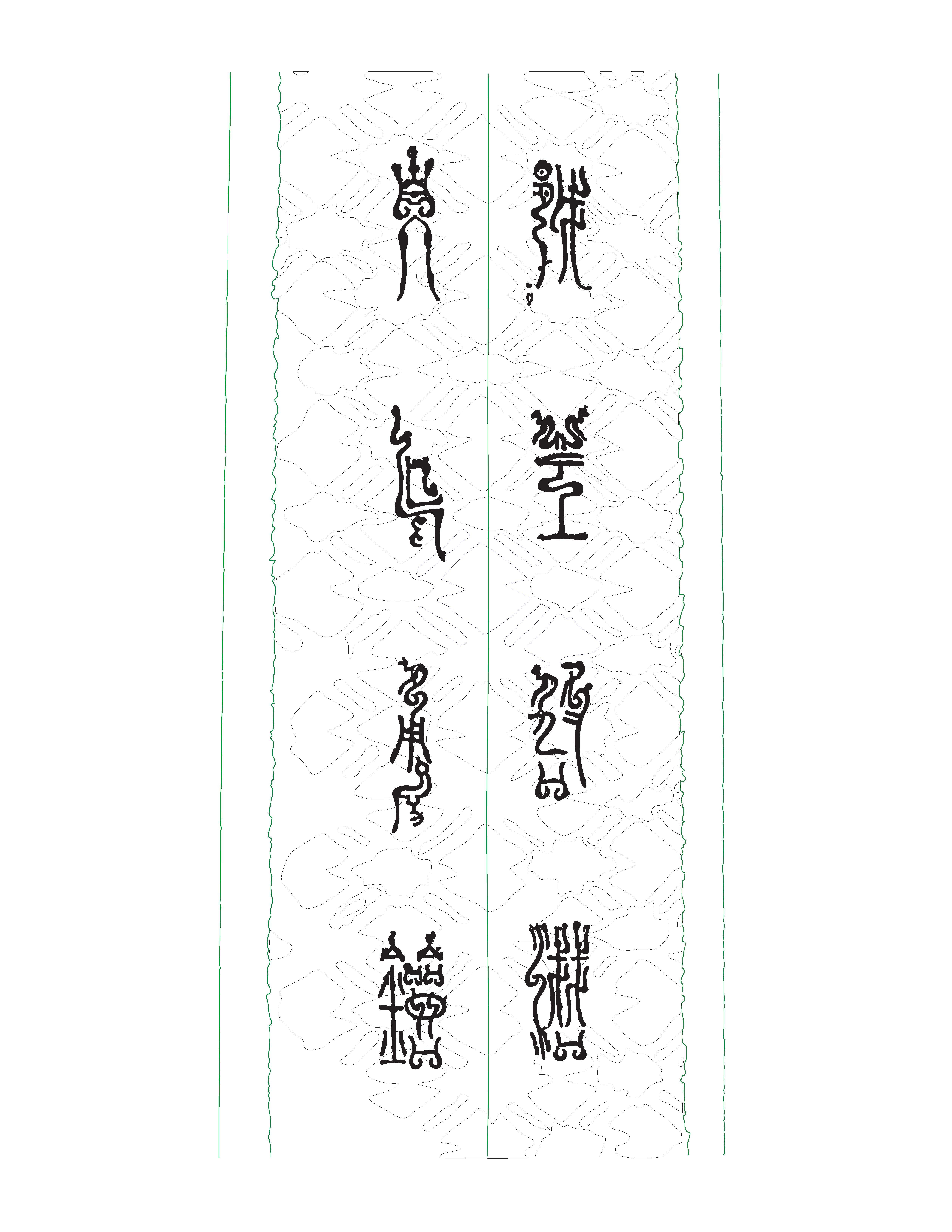
II. Index of Funerary Art
A. Tomb of Nefertari (QV66)
The One for Whom the Sun Shines
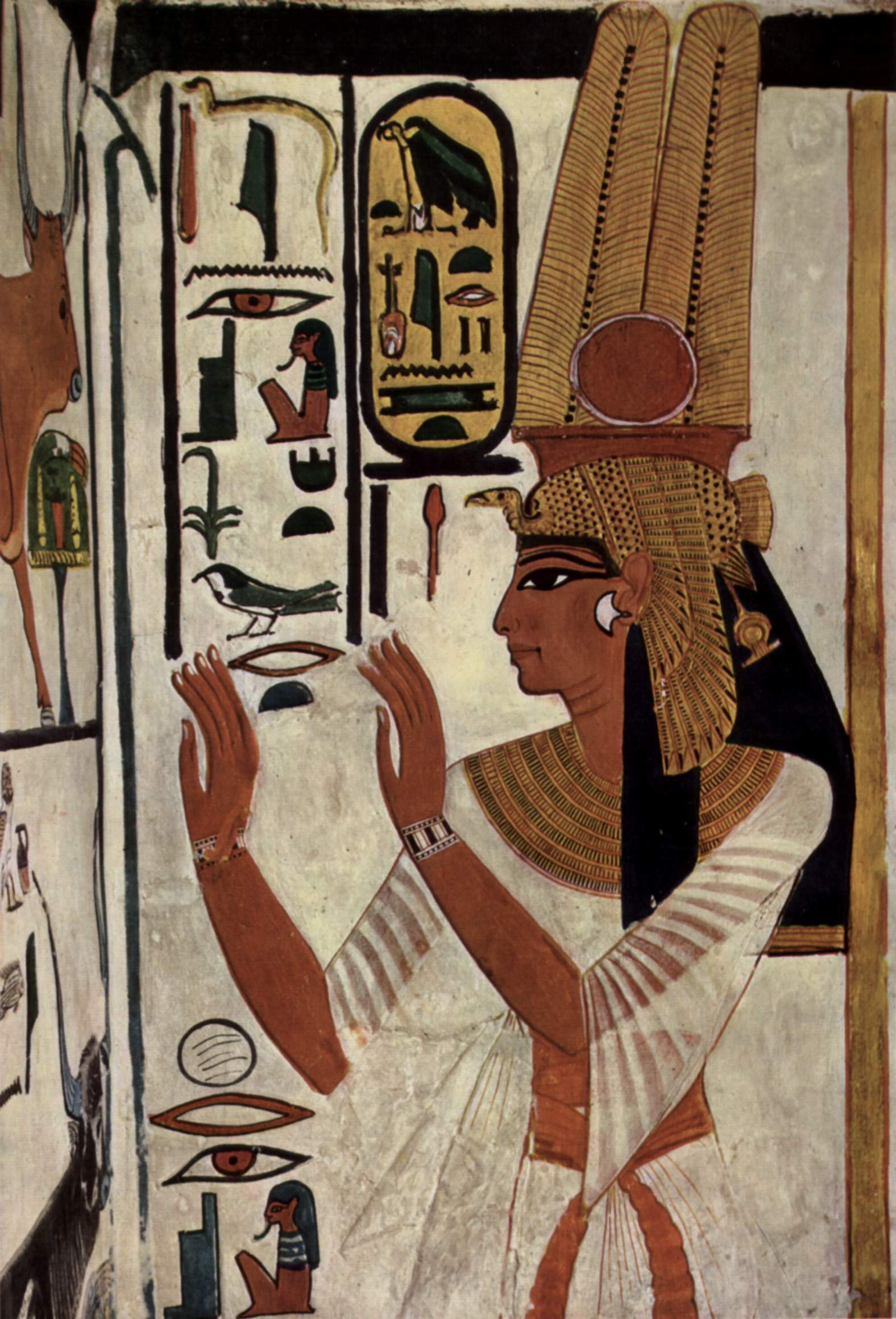
Queen Nefertari from her tomb (QV66, ca. 1255 BCE)
Transcription and translation of the texts from the walls of Nefertari’s tomb (QV66)
Transcription and translation of the texts from the walls of Nefertari’s tomb (QV66), translated into Chinese
B. The Cat Sarcophagus
The Sarcophagus of Ta-miut (the She-Cat), the Cat of Crown Prince DHwti-ms (Tuthmosis), the eldest son of Pharaoh Amenhotep III and Queen Tiye (d. ca. 1350 BCE).

imAxy.t xr Ta-mi(w).t
The honored one before Tamuit (the She-Cat).
Transcription and translation of the texts from the Sarcophagus of Tamuit
C. Mawangdui 馬王堆
Imagining the Afterlife Journey
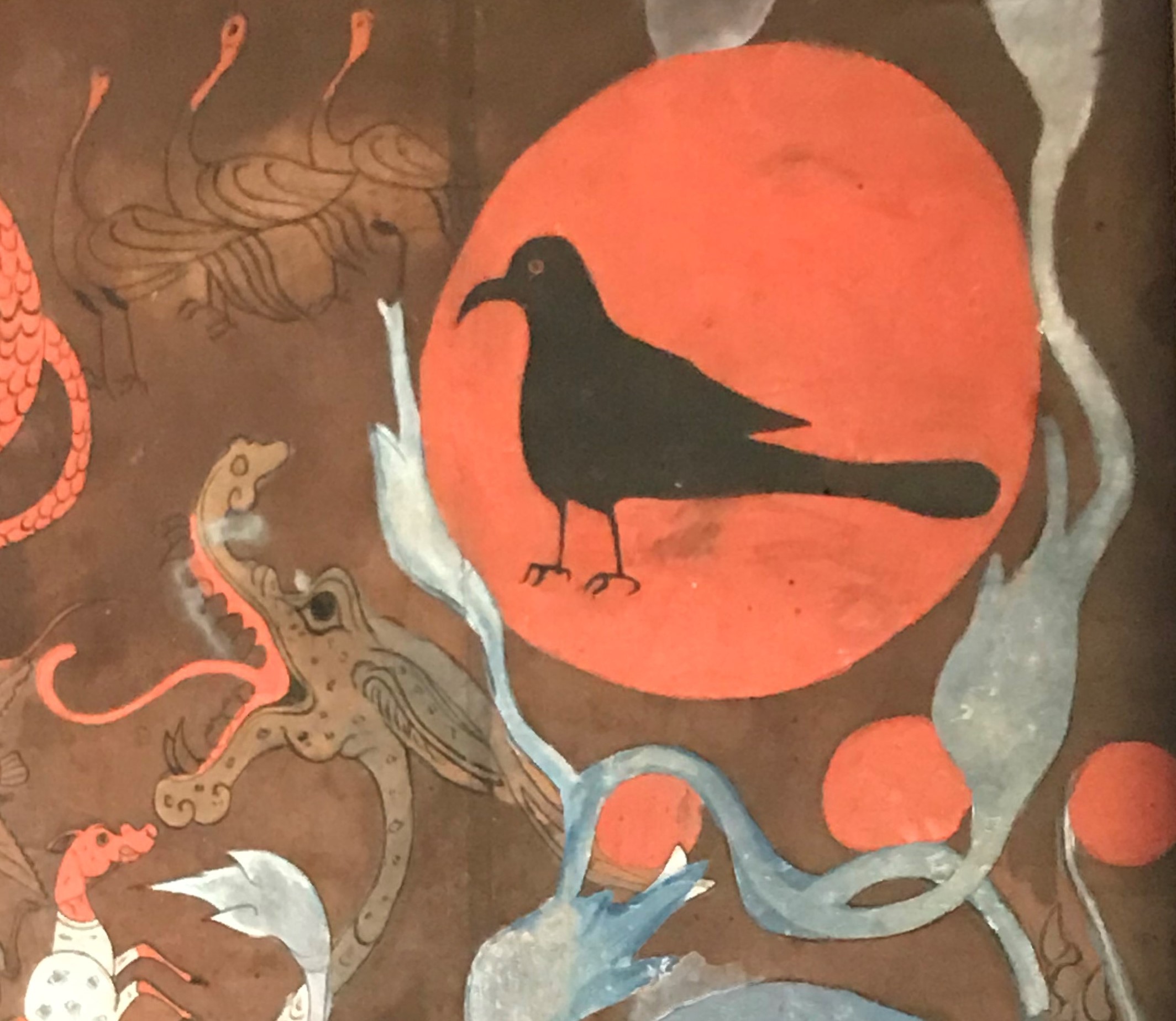
The Sun Crow and a Dragon from Lady Dai's T-shaped Banner (ca. 168 BCE)
Description and Images from Tombs 1 and 3 at Mawangdui (ca. 168 BCE)
III. Legend of the Burning of the Southern Shaolin Temple
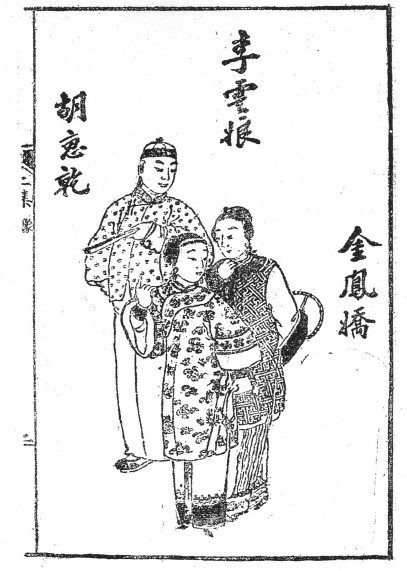
Woodblock print from Qianlong Xia Jiangnan 乾隆下江南, showing Hu Huiqian 胡惠乾, Jin Fengjiao 金鳳嬌, and Li Yunniang 李雲娘.
Sources for the Legend of the Burning of the Southern Shaolin Monastery
Version of the burning of the Shaolin Temple by Lam Sai-wing (Lin Shirong) 林世榮 (1861 – 1943) from the preface to Gung Gee Fook Fu Kuen 《工字伏虎拳》 (Taming the Tiger Fist, in the Pattern of the Character Gong), written with his disciple, Jyu Yu Jai 朱愚齋 (Zhu Yuzhai), 1930s.
Version of the burning of the Shaolin Temple by Yip Man (Ye Wen) 葉問 (1893 – 1972) from the “Draft of the Preface to Organizing the Wing Chun Hall and Fellowship Association” 擬組織詠春堂聯誼會小啟, 1967.
IV. Basslines
Some of the more fun and funky basslines, I’ve played over the years in
various bands, transcribed for educational use (not for sale).
More Transcriptions loaded each summer, when I’m not swamped with reading and translating the classics.
These Bass Transcriptions inculde:
Funk Bass Transcriptions of Bootsy Collins
Transcriptions of Basslines by other James Brown Bassists such as Tim Drummond, Charles Sherrell, and Bernard Odum
Bass Transcriptions of Billy Cox, the funky bassist with Jimi Hendrix on “Dolly Dagger” and “Izabella”
Complete Transcriptions of Paul McCartney's Bass Parts on Abbey Road
Reggae Bass Transcriptions of Robbie Shakespeare
Bass Transcription of the “Barney Miller Theme”
V. Runes

Epigraphy of Ramsund Carving
(Source Wikipedia, Nordisk familjebok, Public Domain)
A short pdf on Runes:
Notes on Orthography and Pronunciation, as well as Some Thoughts on Using Runes to Write Modern English
- Part I. Runes
Notes on Orthography and Pronunciation
- Futharks and Futhorcs
- Complete Older Futharks: Epigraphic Evidence
- Kylver stone
- Vadstena Bracteate and Motala Bracteate
- The Grumpan Bracteate
- Kylver stone
- Partial Older Futharks from the Continent
- Charnay fibula
- Breza marble column
- Charnay fibula
- The Anglo-Saxon Futhorc
- Seax of Beagnoth
- Seax of Beagnoth
- Runica Manuscripta: The English Tradition
- Cotton MS. Domitian A 9
- Cotton MS. Otho B 10
- Cotton MS. Galba A 2
- Oxford MS. St John's College 17
- Cotton MS. Domitian A 9
- Continental Runica Manuscripta
- Vienna MS. 795
- St. Gall MS. 878
- Vienna MS. 795
- Addendum: Ruthwell Cross
- Futharks and Futhorcs
- Part II. Using Runes to Write Modern English
Problems and Suggestions about Using Runic Letters to Write Modern (American) English. Notes on Tolkien’s use of runes, etymology, pronunciation, and orthography.
- Appendix: Chart for writing Modern English with Roman Letters, Runic Equivalents, IPA Equivalents, and Examples
- Bibliography
VI. Zhuanshu 篆書 (small seal script) of Li Yangbing 李陽冰
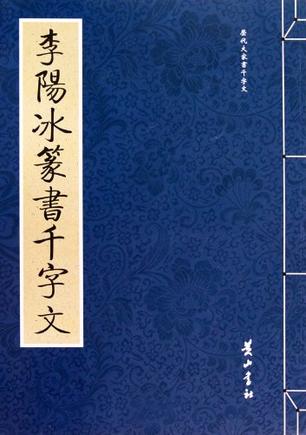
Cover of “Qianziwen” 千字文 of Li Yangbing
All of the titles on this website were written by myself in small seal script.
Notice the characters for Autumn and Seagull surrounding “Yokoiscool” at the top of this page.
My style is based on the bloopy characters of the exceptional calligrapher, Li Yangbing,
a high ranking official during the Tang dynasty, and the uncle of the poet Li Bai.
Here is a section on his life, calligraphy,
and a comparison of his style (which I hope to add one day) with the writing that is found in Warring States inscriptions,
Qin dynasty inscriptions (when small seal was supposedly standardized),
as well as the characters in the Shuowen Jiezi 說文解字 written during the East Han period,
which purports to record authentic Zhou dynasty characters
(This section will also, it is hoped, have the opportunity to try to analyze this claim).
My zhuanshu version of “Jinse” 錦瑟 by Li Shangyin 李商隱.
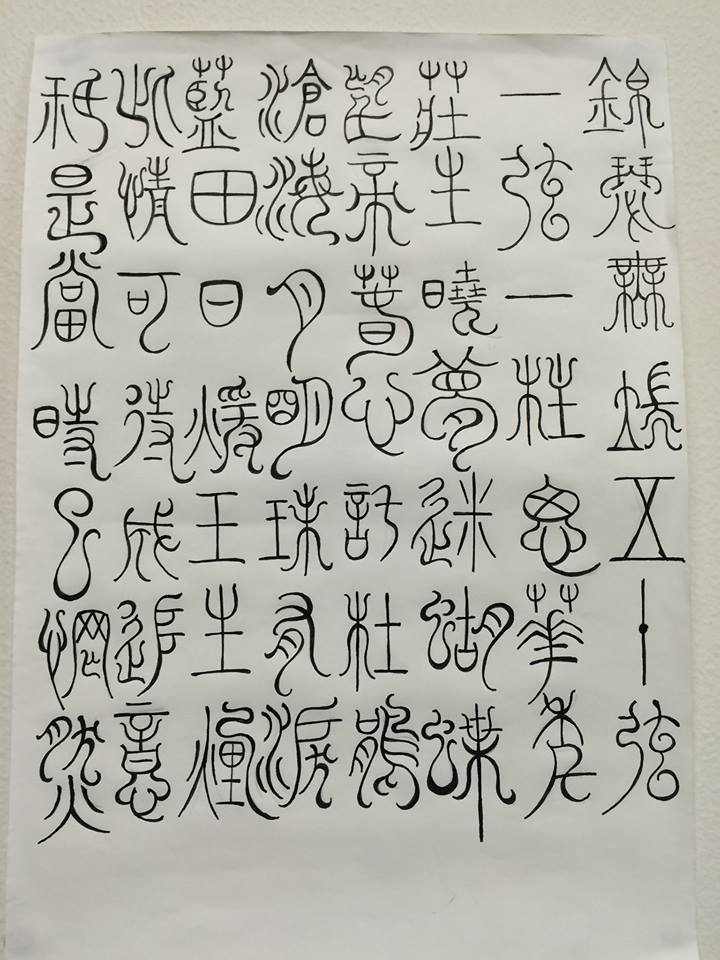
VII. Skjöldunga saga
The Skjöldung genealogy in the Sögubrot af nokkrum fornkonungum
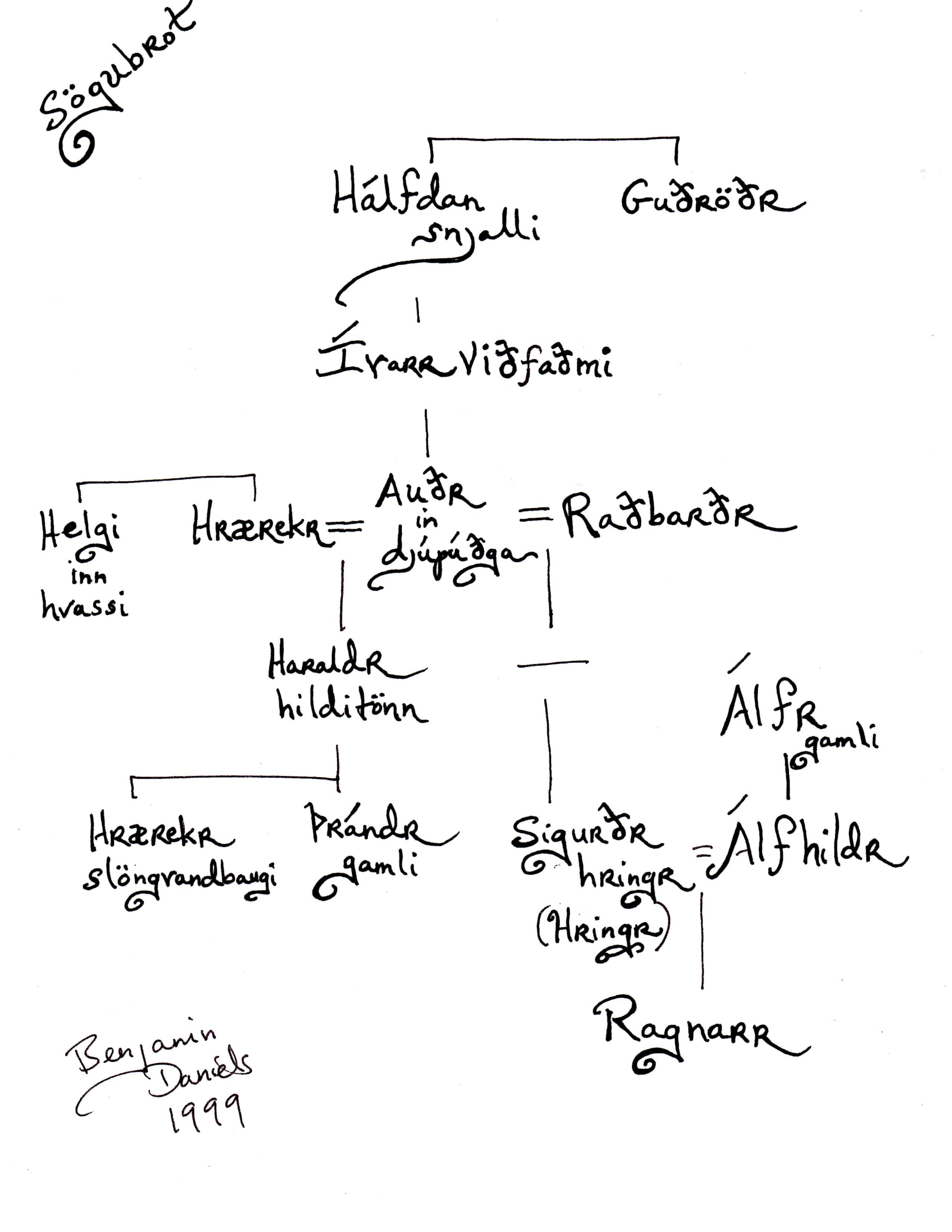
The lost Skjöldunga saga (c. 1180 – 1200) focusing on the Skjöldung rulers of Denmark, paraphrased in a Latin abstract by the Icelandic humanist Arngrímur Jónsson (1568-1648), Rerum Danicarum Fragmenta, with an appendix entitled Ad catalogum R.R. Sveciæ, completed in 1596.
Go to the Skjöldunga saga index
Including Skjöldunga saga Analogues (primary sources with translations) and Genealogical Charts and Indices
1. Flateyjarbók,1 Hyndluljóð 29 (Lay of Hyndla)*2. Flateyjarbók, 3. Ættartölur, Ættartala (frá Álfi inum gamla) (Lineage from Álfr the Old)
3. Flateyjarbók, 5. Ættartölur, Ættartala (Lineage, the Skjöldungs)
4. Flateyjarbók, 6. Ættartölur, Ættartala Haralds frá Adam (Lineage of Haraldr from Adam)
5. Beowulf,3 Danes, Skydings, and Geats
6. Chronicon Lethrense (11th century, Chronicle of Leire)
7. Ari fróði Þorgilsson (1067–1148),Íslendingabók, 12. Langfeðgatal (List of Forefathers)
8. Sögubrot af nokkurum fornkonungum í dana ok svíaveldi7 (Fragment of a Saga about Certain Ancient Kings)
9. Arngrímur Jónsson, Rerum Danicarum fragmenta (1596, Fragments of Danish History)
10. Arngrímur Jónsson, Ad Catalogum R.R. Sveciae (1596, Catalogue of the Kings of Sweden)
11. Arngrímur Jónsson, Supplementum Historiae Norvegicae (1597, A supplement on the History of Norway)
VIII. (to add)Chinese Mythology
IX. Transliteration
Some notes on the transliteration of Chinese on this site.
VIII. Copyright
Note on copyright of works about the Southern Shaolin, excerpted on this website:All these works were written before 1923 and are therefore public domain.
The two exceptions being the work of Ward and Stirling published in 1925 and that of Morgan published in 1960. The copyright of Morgan's work is held by the Hong Kong government; I am not sure about what if any copyright Ward and Stirling's work possesses. Until resolving those issues and/or receiving permission, the excerpts from those two works, that I wish to put on this web site, will have to wait.
Secondly, all translations on this site of material in public domain, unless noted, are all my own. Any other material that I have quoted from any other sources should fall within fair use. If there are any questions, comments, or complaints, these can be emailed to me at benjamin@yokoiscool.com
Transcriptions of the basslines are for personal educational purposes only. They are provided free of charge and are not for sale. Please do not share these transcriptions on any other websites without my permission.
XI. List of English Translations of the Shiji 史記
A pdf with a full list of translations of the Shiji in English, chapter by chapter, and where to find them.
Including translations by
Burton Watson, William H. Nienhauser, Jr., Herbert J. Allen, Carl Arendt, Cyril Birch, Derk Bodde, Cheng Te-k'un,
Mark Csikszentmihalyi, Benjamin Daniels, Raymond Dawson, Theodore De Bary and Irene Bloom, William Dolby and John Scott. J. J. L. Duyvendak, Herbert Allen Giles, Lionel Giles, Grant Hardy, Friedrich Hirth, Frank Algerton Kierman Jr., James Legge, W. K. Liao, Lin Yutang, James Liu, John Minford and Joseph S. M. Lau, Evan Morgan, Stephen Owen, Richard C. Rudolph, Shih, Vincent Y. C., Nancy Lee Swann, Arthur Waley, Yang Hsien-yi and Gladys Yang.
It might be telling that chapter 86, the "Biography of the Assassins" 刺客列傳, appears to be the chapter with the most English translations.
XII. Gentle Reader, any comments or questions can be emailed to me at benjamin@yokoiscool.com
Also, as I am a master of typographical errors, I implore you to send me any corrections to those errors that you might see in these pages, especially for the Bootsy lines. Gratias Multas.
..............................................范蠡遂去,自齊遺大夫種書曰:「蜚鳥盡,良弓藏;狡兔死,走狗烹。越王為人長頸鳥喙,可與共患難,不可與共樂。子何不去?」《史記‧越王句踐世家》
Shiji 41.1746 (Shiji史記. Beijing: Zhonghua, 1959)